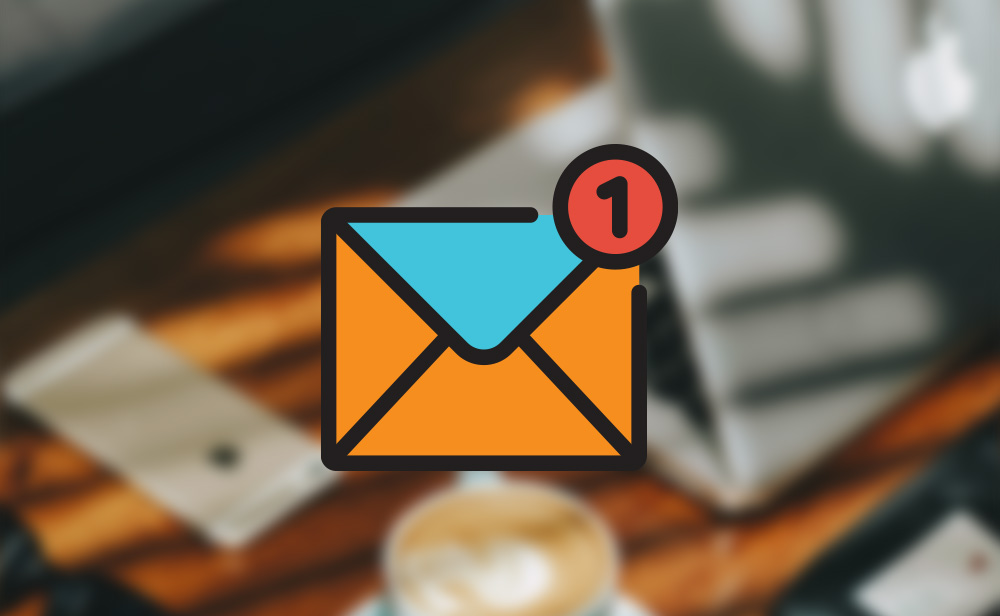Email Marketing: Why It’s Still the Most Effective Digital Communication Channel
Posted on July 30, 2020

By Gail Walls, Senior Funnel Management Strategist
While email marketing is one of the oldest digital communication channels, year over year, it remains one of the most measurable and effective digital channels for customer and prospect communication.
Referencing this summary from Inc. Magazine (highlighting a study by McKinsey & Co.), you understand why email marketing is considered “the most valuable tool in your social marketing toolbox.” In fact, the study shows that email marketing is still 40 times more effective at reaching your target consumer, and highlights five reasons why:
- Email has the greatest reach.
- Email is customizable.
- Email is permission-based.
- Email is measurable.
- Email is personal.
And now, with the acceleration of the “digital first” era brought on by the necessity of conducting business virtually, the email marketing channel is even more dominant in terms of being able to communicate in the most intimate and effective manner to customers and prospects.
By the mere fact that you can only email customers and prospects who have specifically opted-in to your email stream, you have a captive audience to consistently engage these customers and prospects with messaging that, over time, tells and validates your brand story.
We find ourselves in a marketing era where customers are in complete charge of their own buying process. Whatever information they need or are interested in, they will find. This is why providing engaging, educational and individually meaningful content has become more compelling than product-focused or “hard-sell” messaging (although one could argue that hard-sell messaging has never been terribly effective!). Email is a highly effective channel to do this, because it can deliver valuable and relevant content such as videos, whitepapers, webinar notices and other formats, all while bringing your brand story to life for customers and prospects.
Because emails can be personalized and customized, they serve as a primary tool in your quest to humanize your brand to your respective audiences. To your customers, your tone should be that you know them and are looking out for their well-being or success. For your prospects, your messaging should be educational, insightful and helpful without pressuring for the sale.
Recent data from HubSpot reported that a staggering 99% of people check their email every single day. The Hubspot report continues: “more than 50% of U.S. respondents check their personal email account more than ten times a day, and it is by far their preferred way to receive updates from brands.”
The most effective email communication streams are plotted out to mirror the targeted buyer’s journey toward choosing your brand or offering. And with the combined use of marketing automation technology, the communication stream can be programmed so individual behavior will trigger the next most appropriate email for each recipient.
You never need to “batch and blast” with today’s available technology. Instead, emails should be personalized and customized according to the unique needs of the individual. Simply planning an “email blast” is not a best practice, nor is it very effective. Technology now supports ongoing, systematic, behavior-based email marketing that is not once and done but tells a story over time.
In fact, if your mentality is “sending an eblast,” we would ask you to consider how this might feel to your audience . . . or how it would feel to you to get hit over the head with a random email every now and then, offering info that may or may not be relevant to you. You would probably delete it immediately, you might unsubscribe, and possibly even become irritated with whomever sent it, which is not the outcome any business wants.
In addition to reflecting poorly on your brand, the compounded problem with sending an “email blast” or any non-relevant email, is the damage it can do to your email deliverability rates. If the people on your email list begin opting out or marking the email as spam, or if their email provider decides to send your email to the spam folder (e.g., something that Gmail now does), this can have devastating results on your email reputation.
Like all good digital marketing, email is highly measurable. Skilled practitioners pay close attention to key metrics – such as engagement and conversion rates – to determine what is working or not working, and continually make adjustments to refine their program.
The bottom line is, yes, email must be a part of your overall digital marketing strategy. And no, sending random, non-targeted “eblasts” doesn’t count. What does count is employing email marketing best practices, which include starting with a strategic communication plan, based on a well-documented buyer’s journey, deployed to a targeted, well-maintained list of opted-in recipients, using intelligently-deployed marketing automation software, with continuous results monitoring.
If that’s not how you’re approaching your email marketing, then it’s time to engage an email marketing specialist who can help you through the various best practices necessary for success.
At the start of every year marketing pundits ask the question, “Will email marketing still be effective in the coming year? And every year, the answer is the same – a resounding YES!
